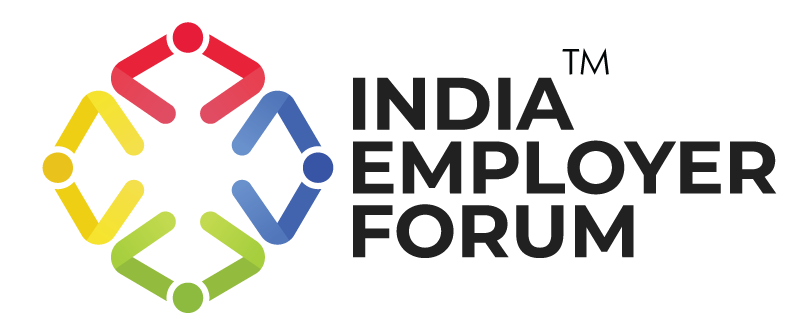Every employer gives more attention to perfecting the process of recruiting and onboarding new employees over the process of employee offboarding. The reason for this couldn’t be farfetched: employers don’t necessarily plan to lose their workers. However, the reality remains that, for whatever reasons, times come when organizations need to let go of some part of its workforce.
Employee offboarding could be seen as the ugly part of running a corporation. However, offboarding is equally as important as onboarding employees and leaders need to start paying more attention to the process of offboarding. According to research by companies that specialize in employee offboarding, it’s important that leaders maintain diplomacy. The exit formalities to be followed have to be anchored with carefulness, consideration, and sensitivity.
Effects of offboarding on both departing workers and the company
The layoff of workers most times has a substantial impact on any company, and organizations need to create a structure of exit management to adequately manage offboarding. What makes offboarding so important is that the opinions of the laid off employees shapes the company perspective of candidates. As such, an organization wants to ensure that they manage the employee offboarding well to prevent negative reviews. Hence, employee exit processes are more important than employee entry processes. Departing employees have the power to make or mar the company moving forward.
Offboarding can bring a lot of discomfort to employees both physiologically and psychologically. According to research, only around 40 percent of workers usually have up to 25 thousand dollars in their savings on the average. This lack of financial coverage for offboarding causes organizations to poorly manage the process. To counter this, exit formalities need to have a back-up financial plan whenever they intend to lay off workers whom they no longer require their skill.
Related Reads
- The Relevance of Exit Interviews in the Social Media Era
- Future Of HR And Ways To Redefine It
- Right Exit Interview Model To Streamline Staffing Intelligence
How to make employee offboarding easy and profitable to all parties
Breaking the news of their unemployment will definitely have a negative effect on affected employees. According to statistics, only about 56 percent of employees are adequately skilled for their current jobs. Consequently, this means about 46 percent of employees risk being laid off at any time. This statistic mirrors the fear in departing employees as they don’t know if the labour market would ever absorb them in the system or ever need their services again.
Organizations can also look into setting up a structure that ensures laid-off employees get some support in career growth and development. In this sense, getting a career coach would be a suitable option to explore, and it’s a feature organizations’ should include on the offboarding checklist. Employees whom a company plans to lay off isn’t also a bad idea. It prepares the departing employees for what is coming. The exit formalities and exit management that play out in layoffs affect other employees long-term.
In addition to this, organizations must ensure they properly manage the atmosphere that comes with offboarding of employees. Usually, offboarding creates a tense atmosphere in the workplace. Employees can begin to worry about their job security, and this can impact on their mental health and productivity. The first thing leaders should do to take off the tense atmosphere is to assure workers of their job safety. This is necessary to remove the fear and anxiety.
References:
- Onboarding and offboarding process: why it matters | CTG
- Offboarding: why it’s more important than onboarding | Kasey Konkright






